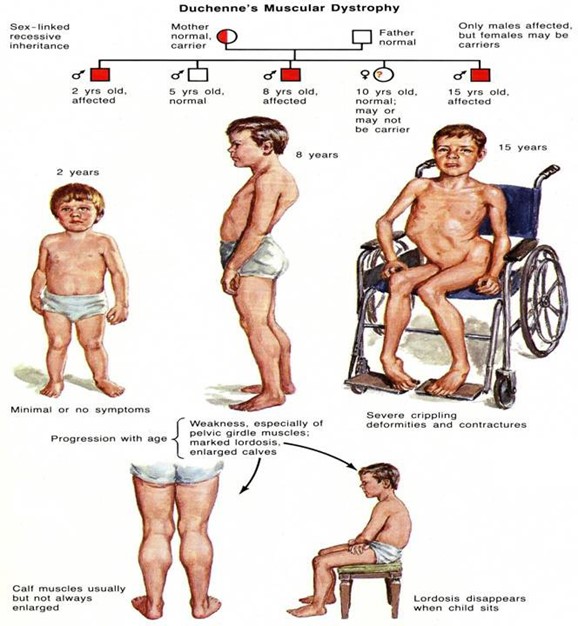A nurse is assisting with teaching a class about the long-term effects of childhood obesity.
The nurse should include which of the following conditions is a potential complication of childhood obesity?
Diabetes mellitus.
Hypotension.
Rheumatoid arthritis.
Attention-deficit/hyperactivity disorder.
The Correct Answer is A
Childhood obesity is a serious medical condition that can lead to health problems that were once considered adult problems, such as diabetes, high blood pressure, and high cholesterol.
Choice B, Hypotension, is incorrect because it refers to low blood pressure, which is not a common complication of childhood obesity.
Choice C, Rheumatoid arthritis, is incorrect because it is an autoimmune disorder that is not directly related to childhood obesity.
Choice D, Attention-deficit/hyperactivity disorder (ADHD), is incorrect because it is a neurodevelopmental disorder that is not directly related to childhood obesity.
Nursing Test Bank
Naxlex Comprehensive Predictor Exams
Related Questions
Correct Answer is B
Explanation
This is known as the Adams Forward Bend Test and is a standard screening test for scoliosis.
Choice A is incorrect because touching the chin to the chest and looking up at the ceiling does not provide a view of the spine necessary for scoliosis screening.
Choice C is incorrect because turning to the side and remaining relaxed does not provide a view of the spine necessary for scoliosis screening.
Choice D is incorrect because lying prone on the examination table does not provide a view of the spine necessary for scoliosis screening.
Correct Answer is D
Explanation
Difficulty climbing stairs is an early sign of muscular dystrophy.
This is because the condition causes progressive muscle weakness, which can make it difficult for the child to perform physical activities that require muscle strength.

Choice A is not the best answer because high fevers and tiredness are not specific to muscular dystrophy and can be caused by many other conditions.
Choice B is not the best answer because muscular dystrophy causes muscle weakness, not increased muscle strength.
Choice C is not the best answer because respiratory infections and obesity are not specific to muscular dystrophy and can be caused by many other conditions.
Whether you are a student looking to ace your exams or a practicing nurse seeking to enhance your expertise , our nursing education contents will empower you with the confidence and competence to make a difference in the lives of patients and become a respected leader in the healthcare field.
Visit Naxlex, invest in your future and unlock endless possibilities with our unparalleled nursing education contents today
Report Wrong Answer on the Current Question
Do you disagree with the answer? If yes, what is your expected answer? Explain.
Kindly be descriptive with the issue you are facing.
